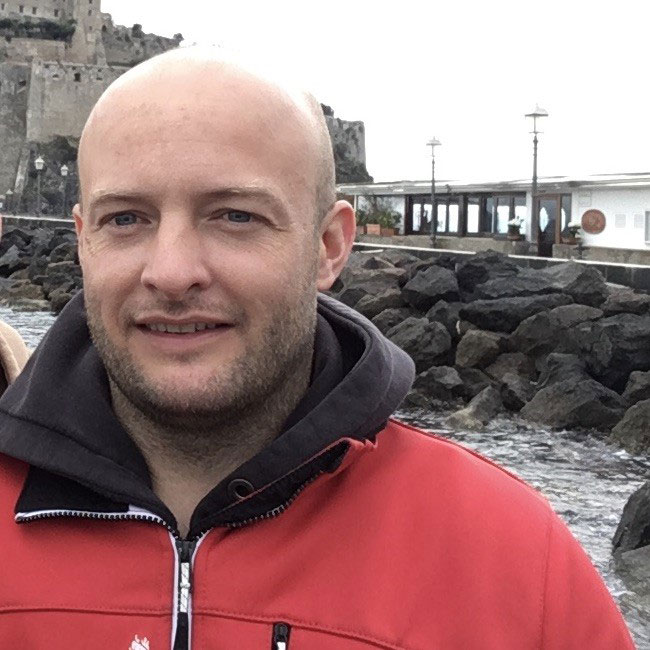Technical note: An autonomous flow-through salinity and temperature perturbation mesocosm system for multi-stressor experiments
[Published 17 January 2024]
Scientific Publications
Abstract
The rapid environmental changes in aquatic systems as a result of anthropogenic forcings are creating a multitude of challenging conditions for organisms and communities. The need to better understand the interaction of environmental stressors now, and in the future, is fundamental to determining the response of ecosystems to these perturbations. This work describes an automated ex situ mesocosm perturbation system that can manipulate several variables of aquatic media in a controlled setting. This perturbation system was deployed in Kongsfjorden (Svalbard); within this system, ambient water from the fjord was heated and mixed with freshwater in a multifactorial design to investigate the response of mixed-kelp communities in mesocosms to projected future Arctic conditions. The system employed an automated dynamic offset scenario in which a nominal temperature increase was programmed as a set value above real-time ambient conditions in order to simulate future warming. A freshening component was applied in a similar manner: a decrease in salinity was coupled to track the temperature offset based on a temperature–salinity relationship in the fjord. The system functioned as an automated mixing manifold that adjusted flow rates of warmed and chilled ambient seawater, with unmanipulated ambient seawater and freshwater delivered as a single source of mixed media to individual mesocosms. These conditions were maintained via continuously measured temperature and salinity in 12 mesocosms (1 control and 3 treatments, all in triplicate) for 54 d. System regulation was robust, as median deviations from nominal conditions were < 0.15 for both temperature (°C) and salinity across the three replicates per treatment. Regulation further improved during a second deployment that mimicked three marine heat wave scenarios in which a dynamic temperature regulation held median deviations to < 0.036 °C from the nominal value for all treatment conditions and replicates. This perturbation system has the potential to be implemented across a wide range of conditions to test single or multi-stressor drivers (e.g., increased temperature, freshening, and high CO2) while maintaining natural variability. The automated and independent control for each experimental unit (if desired) provides a large breadth of versatility with respect to experimental design.
FACE-IT Scientists:
Cale MILLER
Sorbonne Université – CNRS, Laboratoire d’Océanographie de Villefranche, Villefranche sur Mer, France
Cale’s FACE-IT Projects
Role in FACE-IT:
• Researcher "Biodiversity Changes"
Jean-Pierre GATTUSO
Sorbonne Université – CNRS, Laboratoire d’Océanographie de Villefranche, Villefranche sur Mer, France
Personal page
Mastodon
Role in FACE-IT:
• Member of the Executive Board
• Leader "Identify Key Drivers and Data Management"
Anaïs LEBRUN
Sorbonne Université – CNRS, Laboratoire d’Océanographie de Villefranche, Villefranche sur Mer, France
ResearchGate
Role in FACE-IT:
• PhD student "Biodiversity Changes"
Robert Schlegel
Sorbonne Université – CNRS, Laboratoire d’Océanographie de Villefranche, Villefranche sur Mer, France
The Ocean Code
Role in FACE-IT:
• Researcher "Identify Key Drivers and Data Management"







